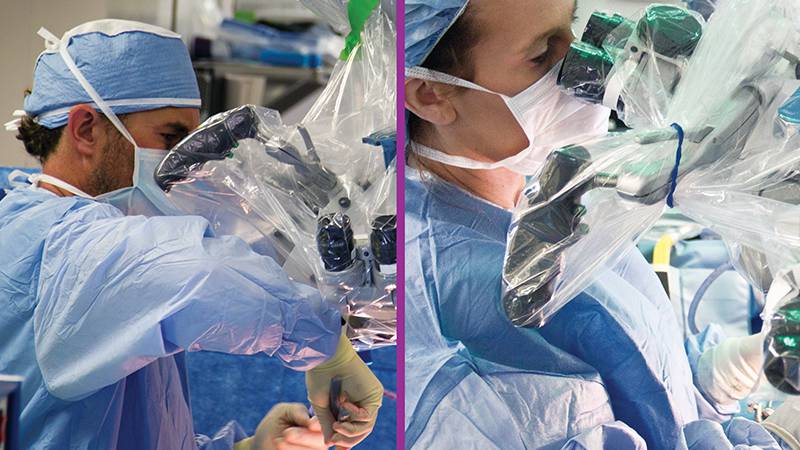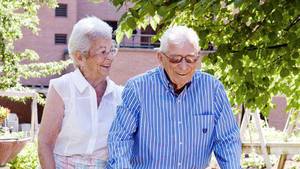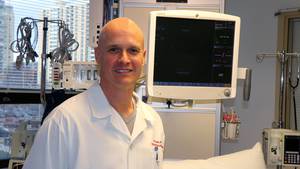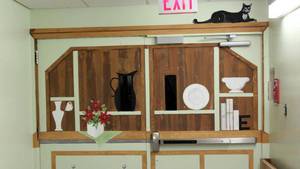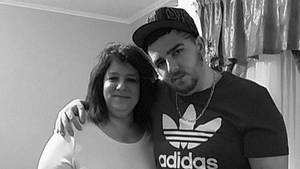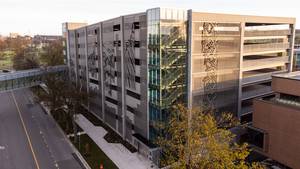A new drug is lighting the way during glioblastoma brain tumour surgeries at the QEII Health Sciences Centre.
In September 2020, Health Canada approved 5-ALA, a drug that helps surgeons distinguish tumour tissue from healthy brain tissue. Five months later, two QEII neurosurgeons became the first in Nova Scotia to operate on a glioblastoma brain tumour using 5-ALA.
Dr. Sean Barry, a QEII attending neurosurgeon and assistant professor at Dalhousie University, says using the drug to find and safely remove more of the tumour has shown improved patient outcomes.
“This certainly makes surgery safer and allows surgeons to clearly distinguish cancer from healthy tissue, giving us more confidence when we’re doing these procedures,” says Dr. Barry.
Glioblastomas are aggressive and fast-growing malignant brain tumours that, unlike other types of tumours, have edges — or margins — that can be hard for surgeons to distinguish from healthy brain tissue. As a result, they can be difficult to remove during surgery.
Dr. Barry says that patients drink a mixture containing the drug a few hours before their surgery. The healthy and cancerous cells absorb 5-ALA differently and, under a fluorescent light during surgery, the tumour cells have a pink glow, while the healthy cells glow blue. This difference in colours allows surgeons to find and safely remove more of the tumour with less risk to the patient.
“The principle is simple, but it’s a very powerful tool. This is the first specific drug for this specific tumour, which is really quite exciting,” says Dr. Barry.
Dr. Adrienne Weeks, a QEII neurosurgeon and assistant professor at Dalhousie University, says the first surgery using 5-ALA, which she and Dr. Barry completed together, felt both effective and useful.
“We identified bits of tissue that were still tumour and took as much as we could. Then, we went back in and found more little dots of tumour to take out,” says Dr. Weeks. “This is important because it’s these tricky areas of the tumour margin where glioblastoma tumours can easily recur.”
More Nova Scotians accessing this drug will mean a greater number of safer, more effective procedures. It will also mean greater quality of life for patients.
“These cancers are not curable, but we are seeing that the more tumour is removed safely at surgery, the better a patient can do and the better chance they have at a longer life,” Dr. Weeks says.
Dr. Barry says the scientific community agrees that patient survival is extended by the removal of as much tumour as possible, so even though a complete cure still does not exist for these malignant tumours, this drug is making a big difference in patients’ lives.
“In terms of a game-changer, 5-ALA is a really important advancement from a technical standpoint especially,” he says. “We hope it means that patients will do better with cancer treatments they receive post-operatively, which is generally a combination of radiation and chemotherapy.”
Dr. Barry says it was a real team effort from QEII surgeons like Dr. Weeks, as well as neurosurgery nurses, administrative assistants, pharmacists and so many others to bring 5-ALA to the QEII.
“This will be the first of many patients this drug is used for in this province, I have no doubt,” says Dr. Barry.

